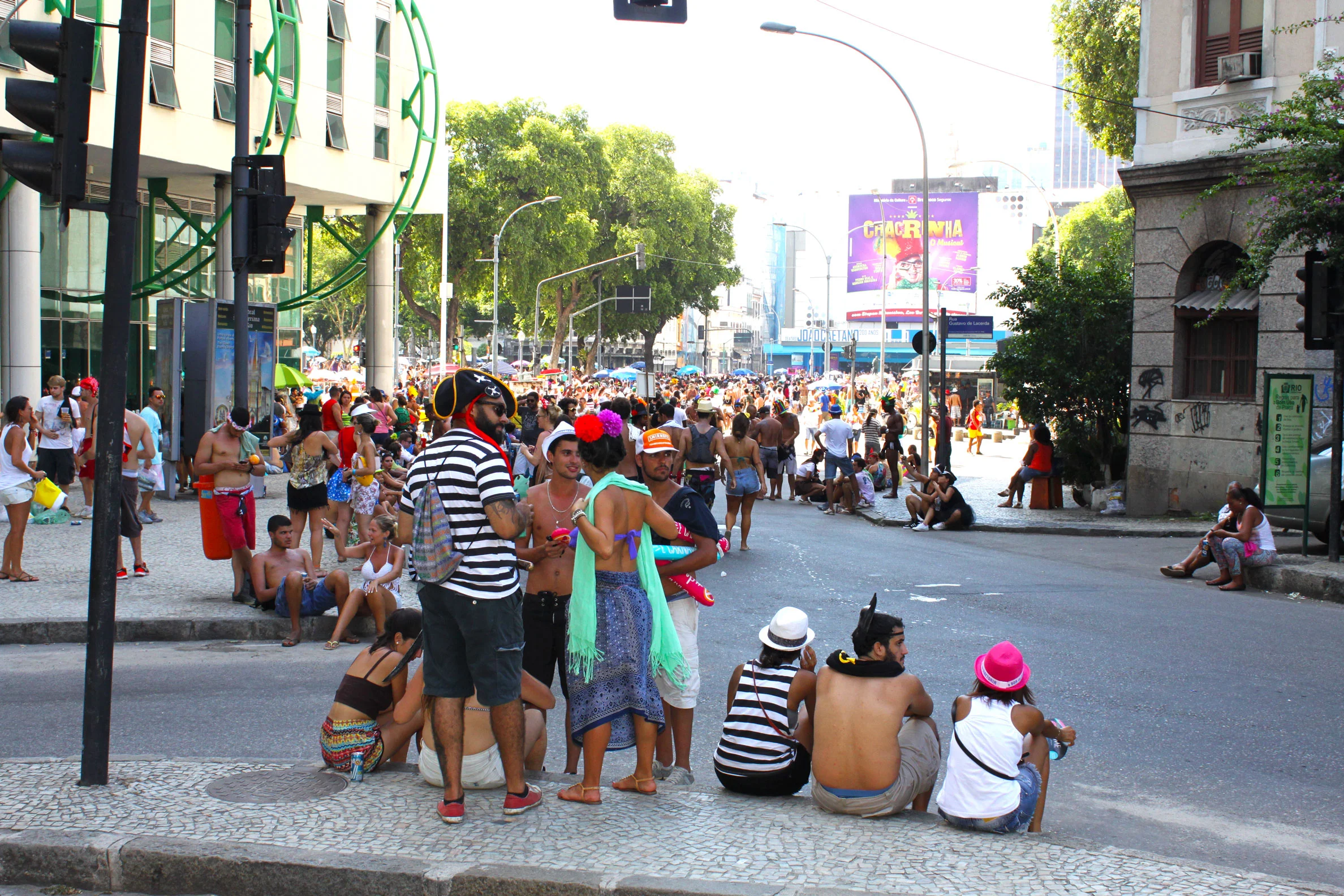Iguaçu waterfalls
On 16th of February we flew from Rio de Janeiro to Foz do Iguaçu, a small town next to Iguaçu waterfalls. The town has lots of hotels, as people who visit the Iguaçu falls from the Brazilian side usually arrive and stay there. Next day we took a public bus to the Iguaçu National Park and arrived there after half an hour. After buying the tickets for the park entrance we got on a double decker bus that took us to the waterfalls. On the way to several viewpoints of the waterfalls, there were stops with different tours like kayaking, boat tour, jungle tour or climbing tour. Of course none of those tours were included in the park entrance fee. After a half hour ride into the jungle, we got out of the bus to take a walk to the first viewpoint. Surprisingly the first attraction in the Iguaçu National Park was not the waterfalls, but the animals, which look like little bears, have long noses and long striped tails. They are called South American Coatis and they are everywhere, especially there where they smell food. Although they look very cute, they can bite and therefor it is forbidden to feed them. The Coatis are very smart animals and if they find an unattended bag they try to open it in hope to find some food.
Our plan was to visit the Iguaçu waterfalls on the first day from the Brazilian side and on the second day from the Argentinian side. We were so fascinated by the view from the Brazilian side that we decided to make a boat trip and see the waterfalls from up-close instead of making the Argentinian tour the next day. So we skipped the Argentinian side, which means that we did not experience the Iguaçu falls from the top, but instead we took a shower under one of the waterfalls.
The day we would have visited Argentina’s part of the Iguaçu falls we decided to make a short trip to Paraguay. We took a public bus to Ciudad del Este, Paraguay’s second biggest city. Ciudad del Este is separated by a bridge from Foz do Iguaçu and was just four kilometers away from where we stayed. When we entered the bus we asked the bus driver to leave us at the border to do the immigration procedures. He looked at us and said don’t worry you do not need this if you will go back to Brazil. So we took the drivers advise and went in and out without anyone noticing that we entered. Ciudad del Este is well known for its shopping malls, cheap prices and low taxes. The whole city is actually a big market. We hopped off the bus walked a bit around, did not see anything interesting, apart from people trying to sell us something. So after 20 minutes we left the city by foot. We walked very fast over the friendship bridge to Brazil.




























































